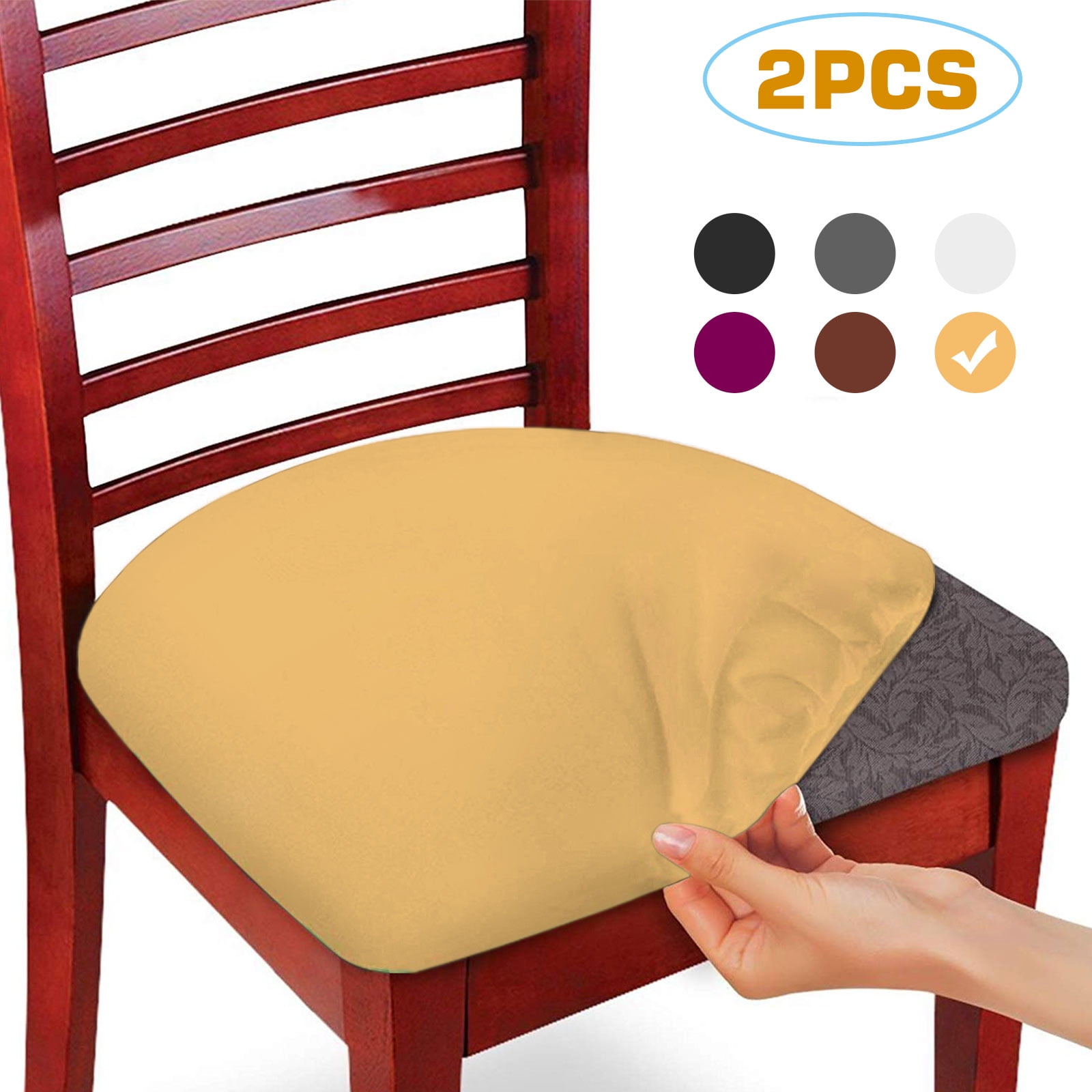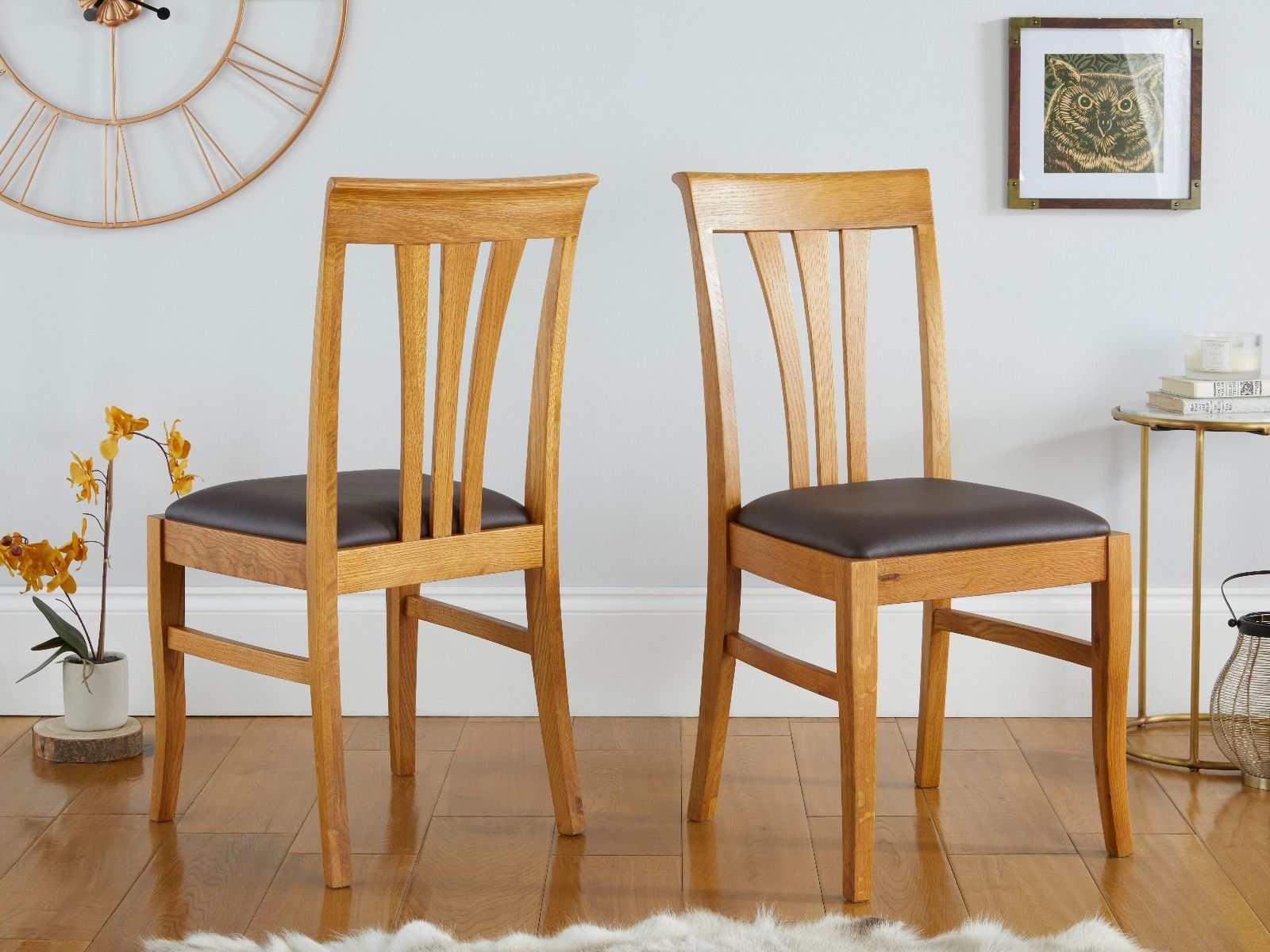Types of Dining Chair Seat Base Replacements

Replacing your dining chair seat base is a fantastic way to breathe new life into your beloved chairs! It’s a project that’s often easier than you think, offering a chance to personalize your dining area with a touch of Palembang’s vibrant spirit. Let’s explore the different options available to you, so you can choose the perfect fit for your style and skill level.
Dining chair seat base replacement – Choosing the right replacement base depends on factors like your existing chair’s construction, your budget, and your desired aesthetic. Each type offers a unique blend of durability, cost-effectiveness, and ease of installation. Consider these factors carefully to ensure a smooth and satisfying renovation.
Dining Chair Seat Base Replacement Types
The following table summarizes the various types of dining chair seat base replacements, highlighting their materials, construction methods, advantages, and disadvantages. Remember to always prioritize safety and use appropriate tools for the job!
| Type | Material | Construction | Pros | Cons |
|---|---|---|---|---|
| Wood | Solid wood (oak, maple, etc.), plywood, MDF | Screws, glue, dowels | Durable, aesthetically pleasing, can be stained or painted to match existing furniture. | Can be more expensive, requires more woodworking skills, susceptible to damage from moisture. |
| Metal | Steel, aluminum, wrought iron | Welding, screws, bolts | Strong and durable, resistant to damage, modern aesthetic. | Can be more expensive, requires more specialized tools (welder may be needed), can rust (unless treated). |
| Plastic | Polypropylene, ABS | Screws, glue, sometimes snap-fit | Affordable, lightweight, easy to clean, available in various colors. | Less durable than wood or metal, can crack or break under stress, may not look as elegant. |
Tools and Materials Needed for Replacement
The specific tools and materials you’ll need will depend on the type of replacement base you choose and the construction of your existing chair. However, some common items are necessary for most projects. Proper preparation is key to a successful and safe renovation.
- Screwdriver (Phillips and flathead)
- Drill (with appropriate drill bits)
- Measuring tape
- Pencil
- Safety glasses
- Wood glue (for wood bases)
- Dowels (for wood bases, if needed)
- Sandpaper (for wood bases, if needed)
- Wrench or socket set (for metal bases)
- Replacement seat base
- Optional: Stain or paint (for wood bases)
Step-by-Step Replacement Guides

Replacing your dining chair seat base is a surprisingly straightforward project, a little bit like assembling a really fancy puzzle, but with more satisfying results! Whether you’re dealing with a wobbly old chair or simply fancy a refresh, this guide will walk you through the process with the cheerful efficiency of a Palembang street vendor.
Replacing a Dining Chair Seat Base Using Screws
This method is best for chair bases with pre-drilled holes and a relatively simple design. It offers a strong and secure attachment.
- Preparation: Gather your tools: screwdriver (appropriate size), new seat base, and possibly wood glue for added security. Carefully remove the old seat base by unscrewing it. Imagine you’re carefully peeling off a delicious layer of kue lapis – slow and steady wins the race!
- Positioning the New Base: Carefully place the new seat base onto the chair frame, ensuring it sits flush and aligns perfectly with the existing holes. Visualize it as placing a perfectly baked bika ambon onto a serving plate – it needs to be just right!
- Securing the Base: Insert the screws into the pre-drilled holes and tighten them securely using the screwdriver. Don’t overtighten, or you risk damaging the wood. Think of it as tightening a beautifully woven songket – firm but gentle.
- Testing the Seat: Once all screws are tightened, gently test the stability of the new seat base. Give it a little wiggle to ensure it’s firmly attached. It should feel as solid as a well-built rumah limas.
Replacing a Dining Chair Seat Base Using Glue
This method is suitable for bases without pre-drilled holes or for those who prefer a stronger, more permanent bond. Remember, proper drying time is crucial for a successful outcome.
- Preparation: Gather your tools: strong wood glue (appropriate for the materials), clamps (various sizes depending on the chair’s shape), sandpaper (to ensure a good surface contact), and possibly a damp cloth for cleanup. Prepare the surfaces by lightly sanding them to create a better surface for the glue to adhere to. It’s like preparing a perfectly smooth canvas for a beautiful painting.
- Applying the Glue: Apply a generous but even layer of glue to both the chair frame and the underside of the new seat base. Spread the glue evenly, avoiding excess that might squeeze out and create a mess. Think of it as applying icing to a delicious cake – even and controlled.
- Clamping and Drying: Carefully position the new seat base onto the chair frame and apply the clamps firmly but gently. Ensure even pressure across the entire surface. Allow the glue to dry completely according to the manufacturer’s instructions. This usually takes several hours, sometimes even overnight. Think of it as letting a perfectly brewed kopi tubruk steep to achieve its full flavor.
- Removing Clamps and Cleanup: Once the glue is completely dry, carefully remove the clamps. Wipe away any excess glue that may have squeezed out. Your newly glued seat should be as strong and stable as a well-built Palembang house.
Comparison: Wooden vs. Plastic Seat Base Replacement, Dining chair seat base replacement
| Wooden Seat Base Replacement | Plastic Seat Base Replacement |
|---|---|
| Requires more careful handling due to the potential for breakage. Gluing may be necessary depending on the design. | Generally easier to replace, often secured with screws or simple clips. Less prone to damage during the process. |
| May require sanding and finishing to match the existing chair. Offers a more traditional and often more aesthetically pleasing look. | Usually comes in a variety of colors and finishes. Less maintenance is required compared to wooden seats. |
| Repairing cracks or damage might be more complex, requiring woodworking skills. | Cracks or breaks are less common and often easier to repair using adhesives or replacement parts. |
Troubleshooting Common Issues

Replacing your dining chair seat bases can be a rewarding project, bringing new life to your beloved chairs. However, even the most experienced DIY enthusiast might encounter a few hiccups along the way. Let’s explore some common problems and how to gracefully navigate them, Palembang style! Think of it as a little bit of problem-solving, a dash of creativity, and a whole lot of *santai*.
Remember, patience is key! Don’t rush the process, and always prioritize safety. A little extra care now will save you headaches later.
Stripped Screws
Stripped screws are a common frustration when working with older furniture. The wood around the screw hole can become weakened over time, making it difficult to remove or tighten screws. This can leave you with a wobbly seat or an inability to secure the new base.
Preventing stripped screws involves using the correct screwdriver size and applying steady, even pressure. Avoid using excessive force. If you already have stripped screws:
- Try using a slightly larger screwdriver bit that still fits snugly in the screw head. This can provide extra grip.
- Apply penetrating oil (like WD-40) to the screw and let it sit for a few minutes before attempting to remove it. This can help loosen the screw.
- If the screw is completely stripped, you might need to drill it out carefully using a drill bit slightly smaller than the screw’s diameter. Then, you can fill the hole with wood filler, let it dry, and drill a new pilot hole for a new screw.
- As a preventative measure, consider using wood glue to reinforce the screw hole before inserting a new screw.
Broken Chair Legs
A broken chair leg is a more serious issue, often requiring more extensive repairs. This usually happens due to age, wear and tear, or accidental damage. A broken leg renders the chair unstable and unusable.
Repairing a broken leg depends on the type of break. Simple cracks can sometimes be repaired with wood glue and clamps. However, for more significant breaks:
- You might need to use wood dowels or screws to reinforce the break. This involves carefully aligning the broken pieces, applying wood glue, and securing them with dowels or screws.
- In severe cases, you might need to replace the entire leg. Finding a replacement leg that matches the existing ones can be challenging, but it is often the best solution for restoring the chair’s stability and aesthetics.
- To prevent future leg breakage, regularly inspect your chairs for any signs of weakness or damage and address them promptly.
Improperly Fitting Replacements
Sometimes, the replacement seat base simply doesn’t fit the chair frame properly. This can be due to variations in manufacturing tolerances or choosing a replacement that’s not compatible with your specific chair model. This results in a loose, wobbly, or unstable seat.
Addressing this issue requires careful measurement and selection of the replacement seat base. Before purchasing, carefully measure the dimensions of your existing seat base to ensure a proper fit.
- If the replacement is slightly too small, you might be able to use wood shims to fill the gap and create a tighter fit. However, ensure the shims are appropriately placed to maintain the seat’s stability.
- If the replacement is slightly too large, you might need to carefully sand down the edges to achieve a better fit. However, this requires precision to avoid compromising the structural integrity of the seat base.
- Always confirm compatibility before purchasing. Check the dimensions and specifications of the replacement carefully to ensure it’s designed for your chair type.
